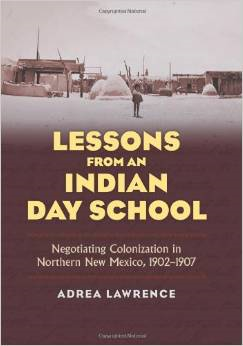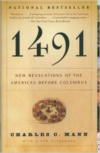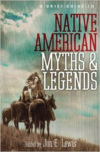Description
Clara D. True and Clinton J. Crandall, teacher and superintendent for the Indian Day School of the Santa Clara Pueblo, were typical agents in the campaign waged by the federal government to assimilate Native Americans into mainstream American society. As the primary Office of Indian Affairs officials for the Pueblo, True and Crandall administered the school and also served as de facto health officials, demographers, arbiters, and legal consultants–as well as the eyes and ears of the government.
Drawing upon an extensive correspondence between True and Crandall from 1902 to 1907, Adrea Lawrence provides an intimate look at the daily lives and challenges that the two educators faced as they worked with a diverse community of Tewa Indians and Hispanos. Through this long-overlooked correspondence, Lawrence introduces us to two fascinating characters-flawed but intent individuals charged with the task of carrying out the government’s colonialist Indian education policy.
Through descriptions of such episodes as their disdain for older Indians’ suspicion of vaccination, True and Crandall provide clear examples of the inherent contradictions in the federal government’s culturally insensitive approach toward its Indian population. Yet they were also great advocates for the Indians, often stepping in to mediate in matters involving land and taxation. The complex portrait of these educators that emerges is based not just on the letters but also on corresponding documents from Pueblo Indians, periodicals, legal cases, statutes, Indian Office circulars, and anthropological studies conducted by both Native and non-Native scholars.
Lawrence reveals the challenges federal employees faced as they tried to execute the federal policy of assimilation while dealing with educative issues-relating to land, disease, citizenship, and modes of education-that confronted Santa Clara Pueblo and its neighbors. Several recurring themes are traced through each chapter, such as colonization as negotiation; place as a participant; True and Crandall’s notions of “good” and “bad” Indians; and the significance of the relationships among Pueblo Indians, Hispanos, and Anglos.
Simultaneously caring and condescending, dedicated yet oblivious to cultural complexities, True and Crandall in these letters offer a rare and nuanced look at the daily interactions between OIA employees and their charges. It makes a unique contribution to both Native American and education history.






Reviews
There are no reviews yet.